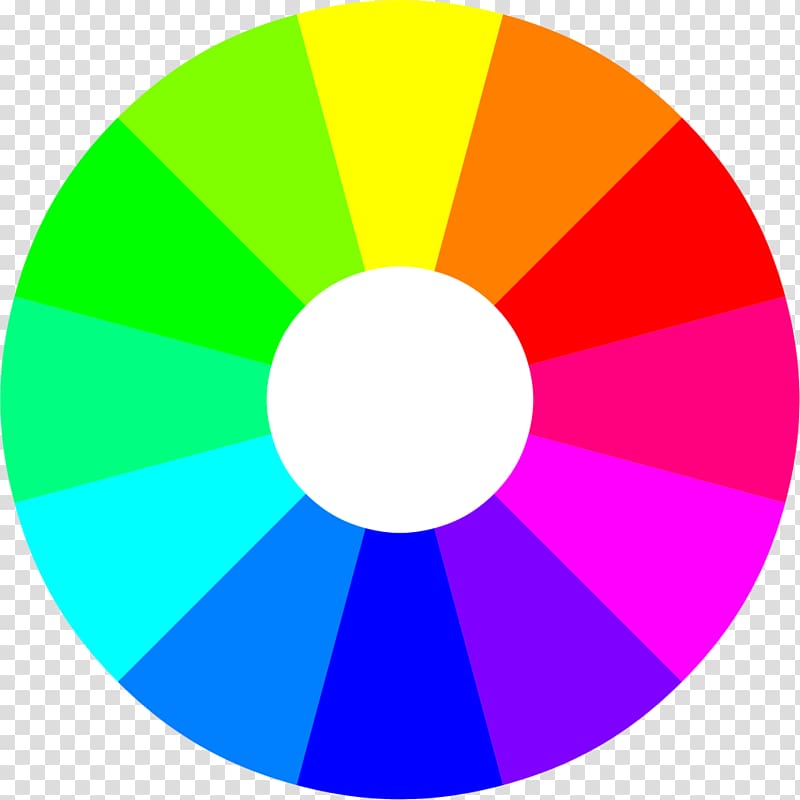

- #COMPLEMENTARY COLORS WHEEL HOW TO#
- #COMPLEMENTARY COLORS WHEEL FULL#
By blending complementary colors together, you can create dynamic range in any painting or art piece. Mixing paint can be a wonderful experience. Now that we know what complementary colors are and how they are made, let’s take a look at how we can put that knowledge to use in painting. The most important thing to remember when it comes to complementary colors is that no matter the hue, tint, or shade of the color, the color directly opposite on the wheel is its complement.
#COMPLEMENTARY COLORS WHEEL HOW TO#
Viewing a basic six-color color wheel is the easiest way to visualize and understand how colors are made and how to find complementary color combinations. However, a color wheel can be divided up any number of times to include additional tints, shades, and hues to get even more complementary colors. While a basic color wheel will have 12 total colors, they are actually a lot more colors in the world so what are the complements to those? With so many various tints, tones and shades of each color, it would be impossible to list them all on one color wheel. Orange-Red and Blue-Green, or aqua Infinite Complementary Colors.

Yellow-Orange and Blue-Purple, also known as indigo.Red-Purple, or pink if you prefer and Green-Yellow.The tertiary complementary colors include: Color wheels are easy to find and reference. If you don’t have a color wheel on hand, look one up with a Google search. It is easier to understand tertiary complementary colors if you have a color wheel on hand to refer to. In a complementary set of tertiary colors, both colors will be made from one primary color and one secondary color. These six tertiary colors combine to give us 3 more sets of complementary colors.
#COMPLEMENTARY COLORS WHEEL FULL#
A full color wheel will contain six tertiary colors. Tertiary colors are those made up of one primary and one secondary color. In an expanded color wheel, you will be able to see even more complementary colors in the form of tertiary colors.
Blue and Orange (created from yellow and red) Tertiary Complementary Colors. Yellow and Violet, or purple, if you prefer that name (created from red and blue). Red and Green (created from blue and yellow). With that information, it is easy to memorize the basic set of complement colors: For example, the complementary color of red is green, which is a mix of the two primary colors blue and yellow. So, the complement of each primary color is a secondary color made from a combination of the other two primary colors. The secondary combination of two primary colors is called a complement. If you look at a six-color color wheel, you will see that directly opposite of a primary color is a secondary color, one that is made up of two primary colors. This is the core concept behind color theory. Basic Primary Complementary ColorsĬomplementary colors are the opposite hues of the primary colors. If you are already a little familiar with color theory, then let’s dive into complementary colors and learn how you can use complementary colors to enhance your artwork. When mixed together, complementary colors can create neutral hues. When used next to one another, complementary colors can make one another appear brighter. Knowing which colors complement one another is a great way to make color choices. This knowledge will help you understand how complementary colors work, how to mix complementary colors, how complementary colors interact, and how to make better color choices for your art or design work. In this article we will teach you more about them. This is just a brief overview of complementary colors. Purple is the opposite or complement to yellow, and orange is the opposite or compliment of blue. The same principal holds true for other colors in the wheel. If you look at a color wheel, the opposite of red is green so green is the complement to red. Complementary colors are two colors that appear opposite one another on the color wheel.






 0 kommentar(er)
0 kommentar(er)
